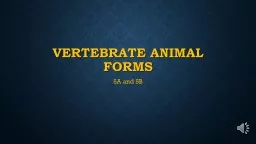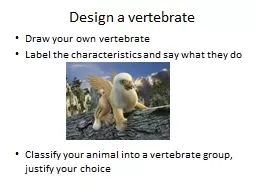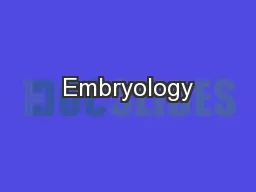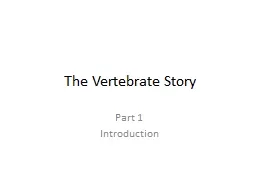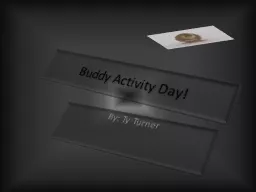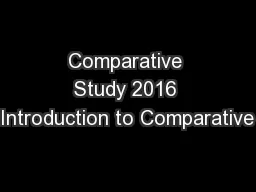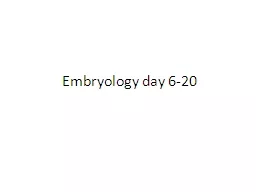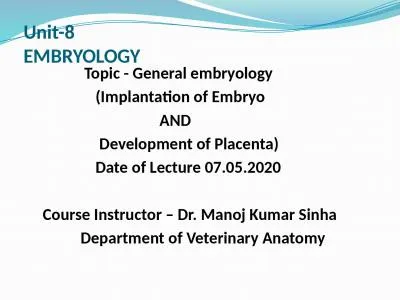PDF-COMPARATIVE EMBRYOLOGY THE VERTEBRATE BODY Even before
Author : danika-pritchard | Published Date : 2015-06-08
His trea tise 1828 set the stage for linking the study of ontogeny the development of the individual through a single life cycle to phylogeny the relatedness of
Presentation Embed Code
Download Presentation
Download Presentation The PPT/PDF document "COMPARATIVE EMBRYOLOGY THE VERTEBRATE BO..." is the property of its rightful owner. Permission is granted to download and print the materials on this website for personal, non-commercial use only, and to display it on your personal computer provided you do not modify the materials and that you retain all copyright notices contained in the materials. By downloading content from our website, you accept the terms of this agreement.
COMPARATIVE EMBRYOLOGY THE VERTEBRATE BODY Even before: Transcript
Download Rules Of Document
"COMPARATIVE EMBRYOLOGY THE VERTEBRATE BODY Even before"The content belongs to its owner. You may download and print it for personal use, without modification, and keep all copyright notices. By downloading, you agree to these terms.
Related Documents

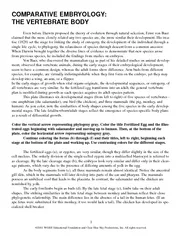
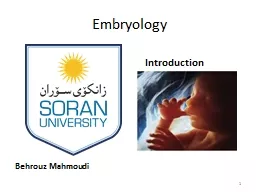
![Embryology Bill [HL] as brought from the House of Lords on 5th Februar](https://thumbs.docslides.com/348513/embryology-bill-hl-as-brought-from-the-house-of-lords-on-5.jpg)
